
Plant ecologist - studying populations out of control (too many or too few), the traits that drive species success, and environmental stress #Quercus #Prairies #Drought #Fire #Invasives #FunctionalTraits @MinnesotaStateUni = .. more
Plant ecologist - studying populations out of control (too many or too few), the traits that drive species success, and environmental stress #Quercus #Prairies #Drought #Fire #Invasives #FunctionalTraits @MinnesotaStateUni =

Reposted by Matthew A. Kaproth

doi.org/10.1186/s130...


Reposted by Matthew A. Kaproth



Reposted by Andreas Schweiger, Matthew A. Kaproth

Reposted by Matthew A. Kaproth
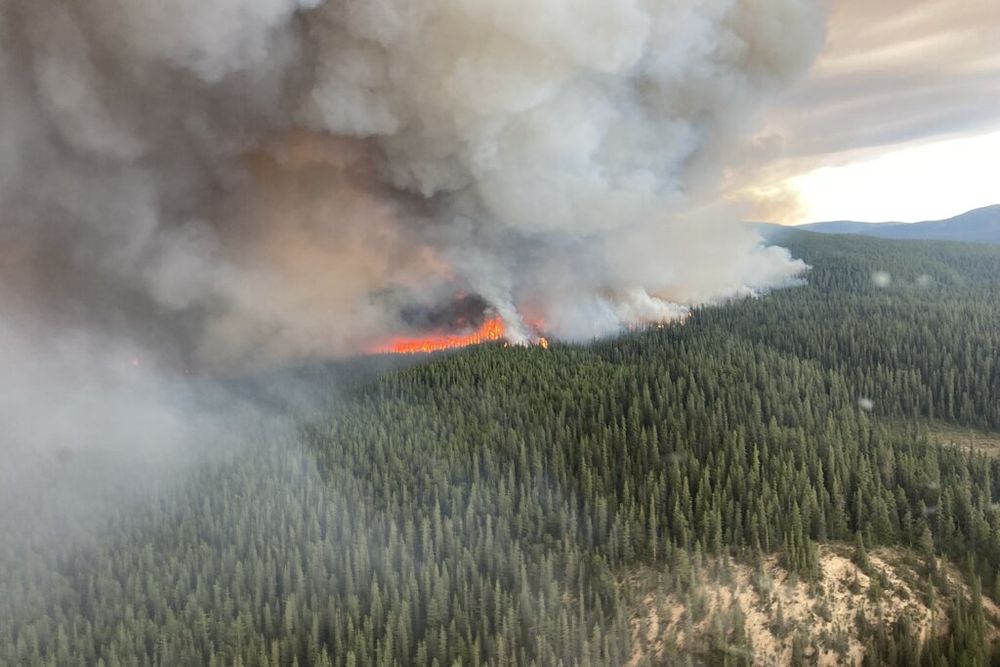
Reposted by Matthew A. Kaproth
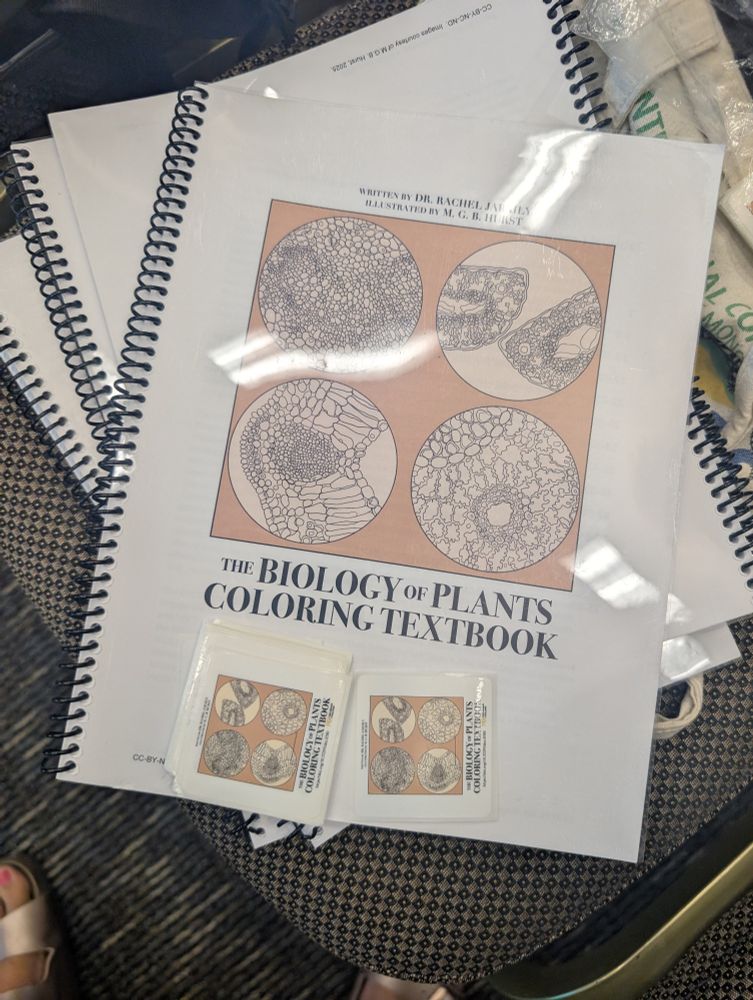
Reposted by Matthew A. Kaproth

issuu.com/botanicalsoc... #botany #plantscience
Reposted by Matthew A. Kaproth

esajournals.onlinelibrary.wiley.com/share/R6QXPK
www.spectralbiology.org
Reposted by Matthew A. Kaproth



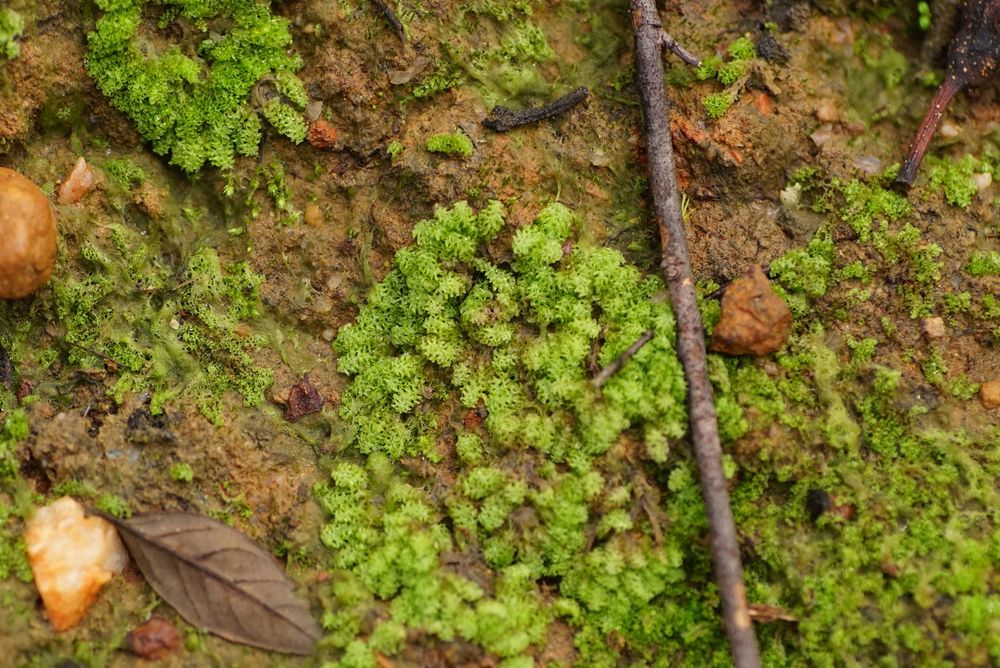
Reposted by Matthew A. Kaproth


agupubs.onlinelibrary.wiley.com/doi/10.1029/...
Reposted by Matthew A. Kaproth
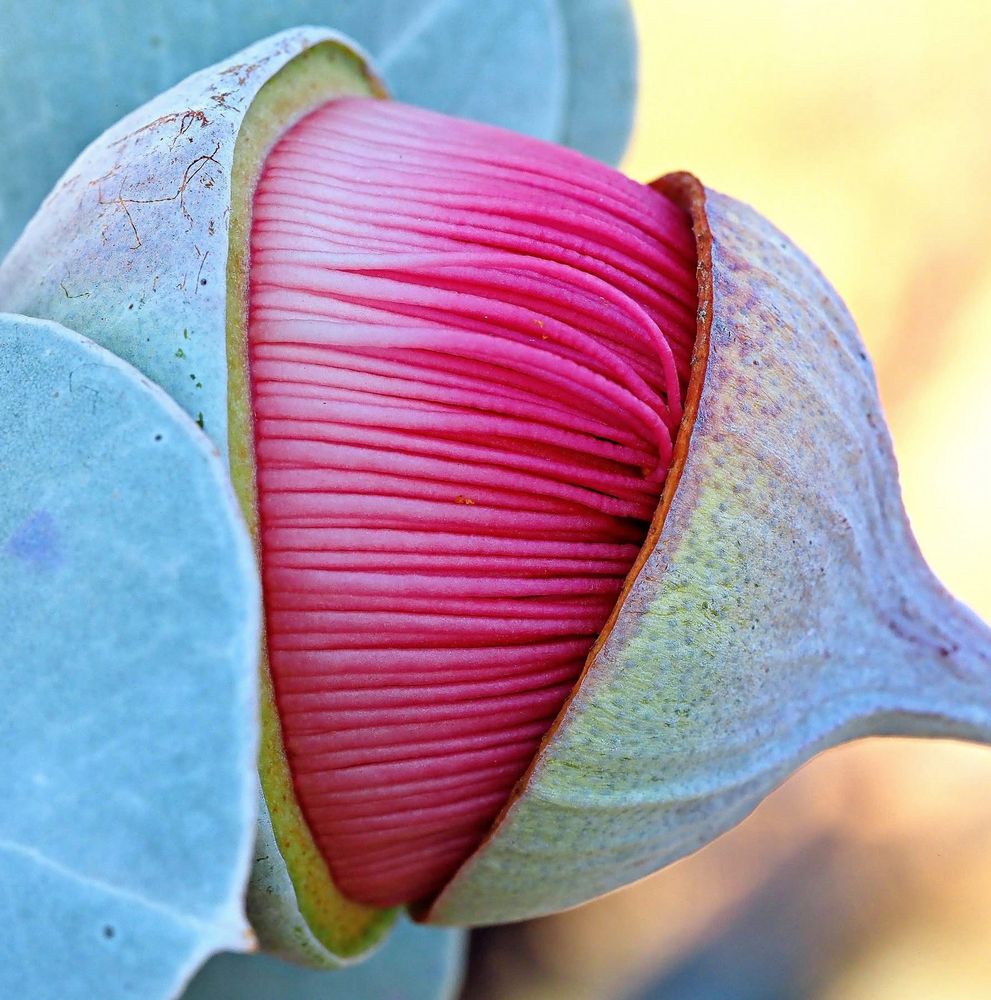
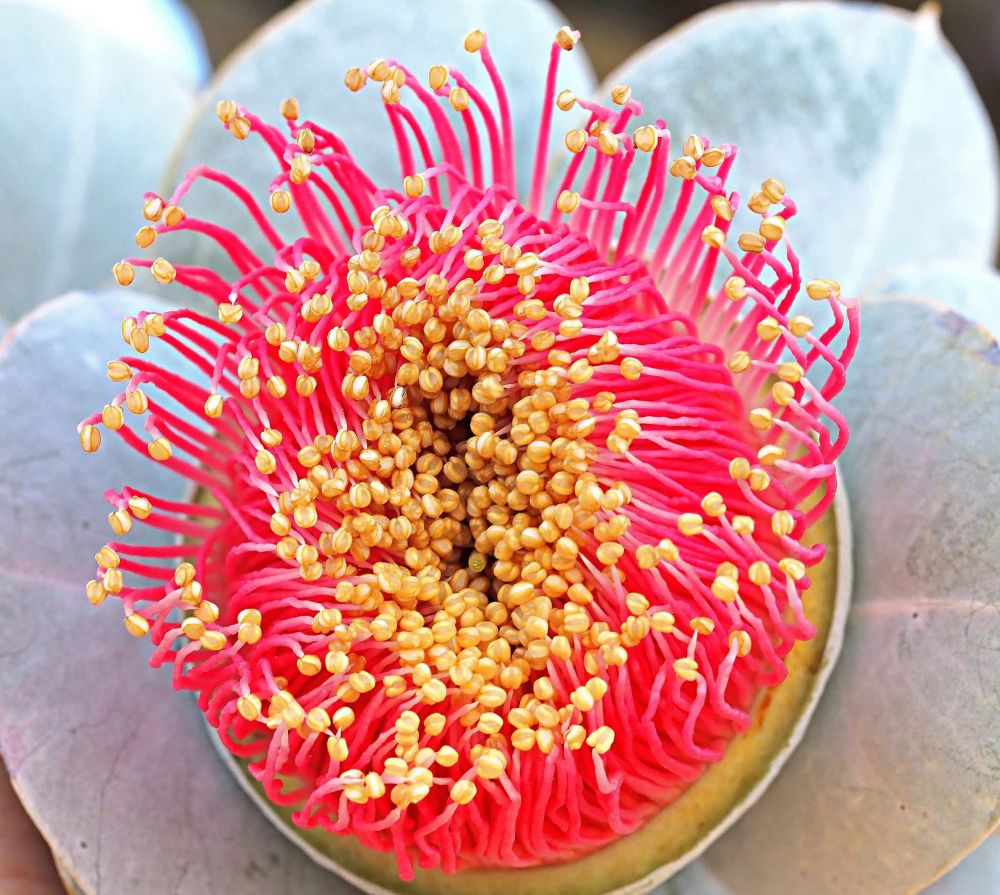
#ozflora #wildoz #eucalyptus #nativeplants
Reposted by Matthew A. Kaproth
www.priweb.org/donate
#SavePRI
Reposted by Matthew A. Kaproth
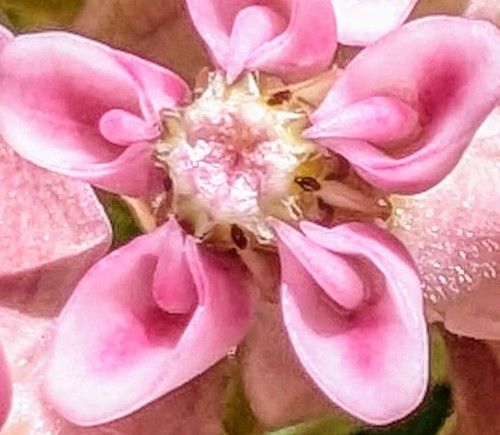


Reposted by Matthew A. Kaproth
My latest story—about scientists writing op eds in their hometown newspapers, a grassroots effort organized by
@sciencehomecoming.bsky.social and others.
www.science.org/content/arti...

Reposted by Matthew A. Kaproth




All ('IPCC') CMIP6 models are completely unable to reproduce what NASA satellites observed!
The rate of global warming (starting with Earth's Energy Imbalance and now surface air temperature) has more than doubled!
Reposted by Matthew A. Kaproth

www.publish.csiro.au/WF/WF24221#f...
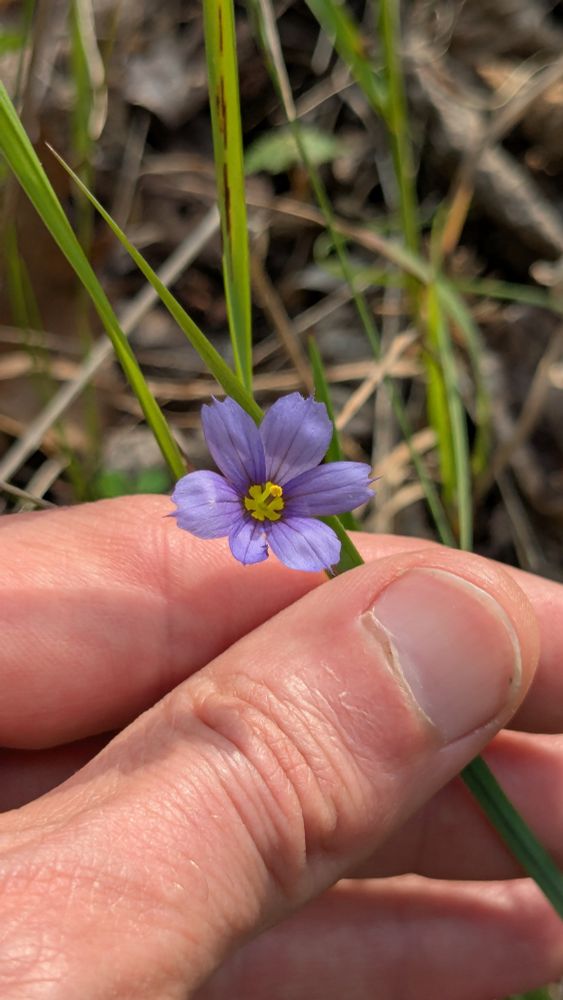
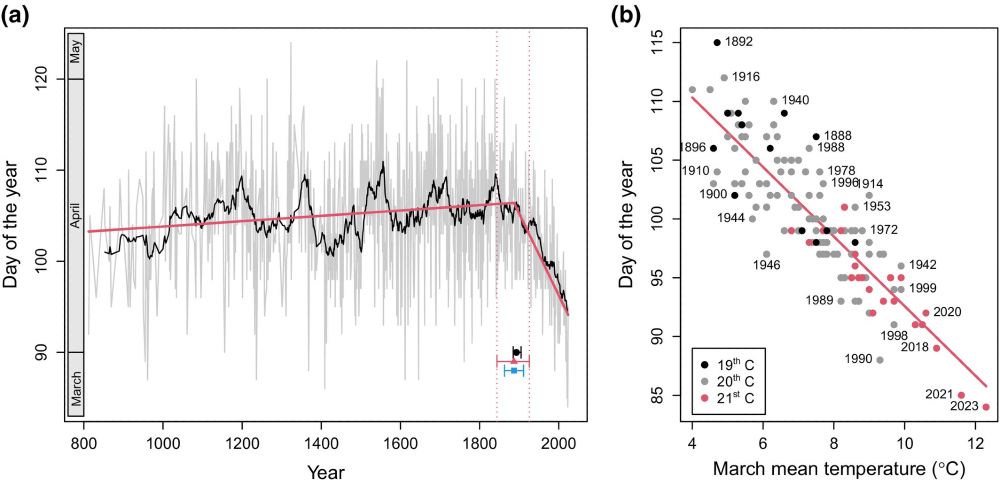
Fascinating new @newphyt.bsky.social paper by @jgpausas.bsky.social
onlinelibrary.wiley.com/doi/abs/10.1...
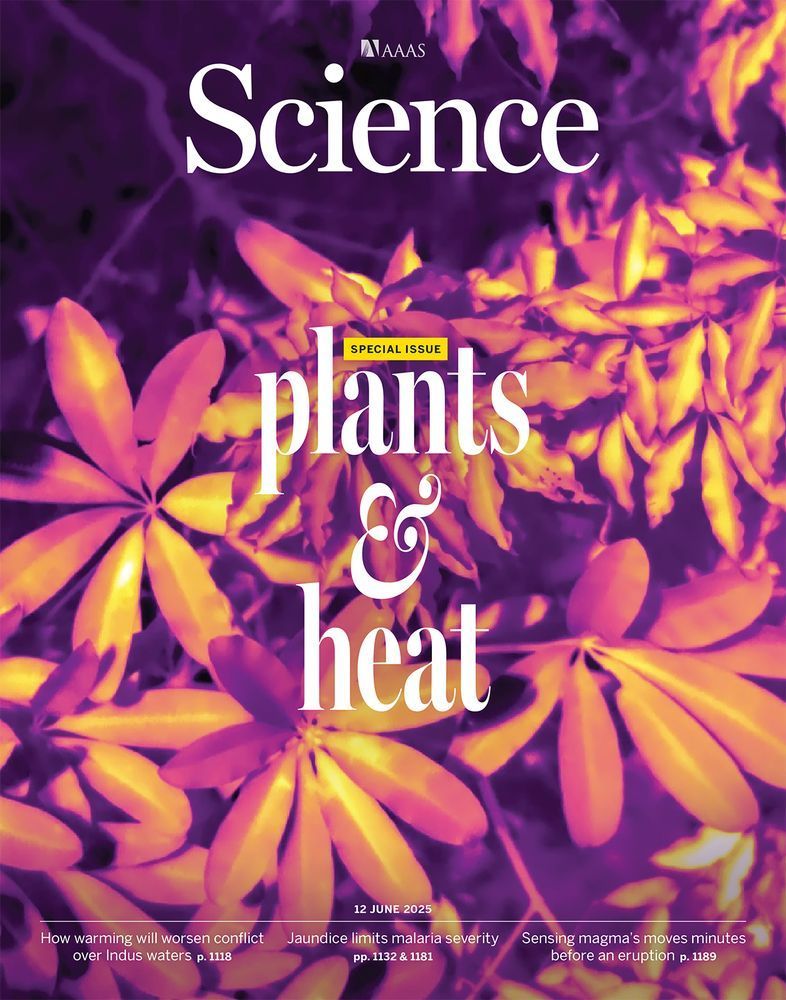
In a new special issue of Science, researchers examine how heat affects plants at multiple scales, from the molecular level to the biosphere. scim.ag/44cSw3Z

Our paper: tinyurl.com/mss2me7v
@newphyt.bsky.social
@vallicrosah.bsky.social @botanykat.bsky.social & Matilda Brown
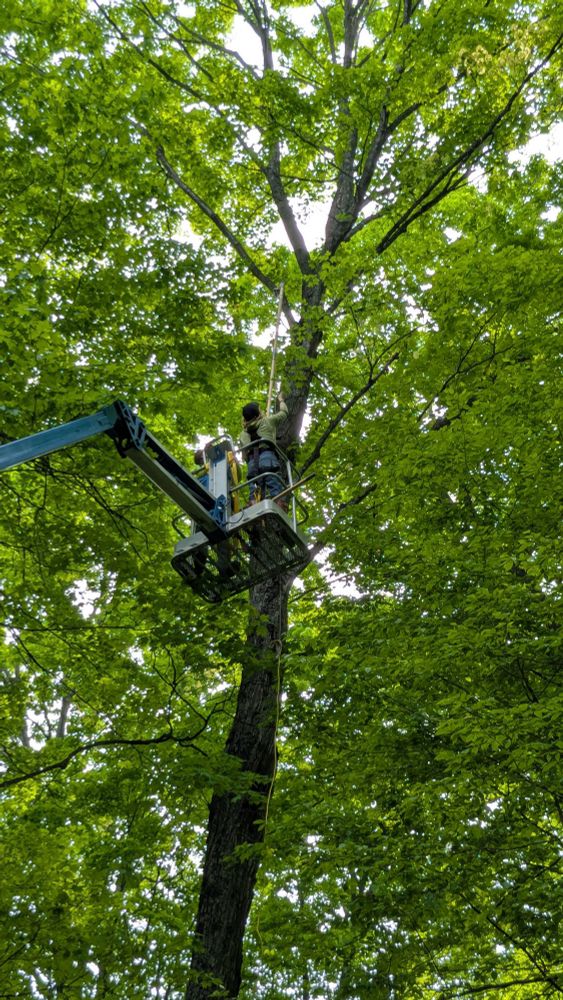

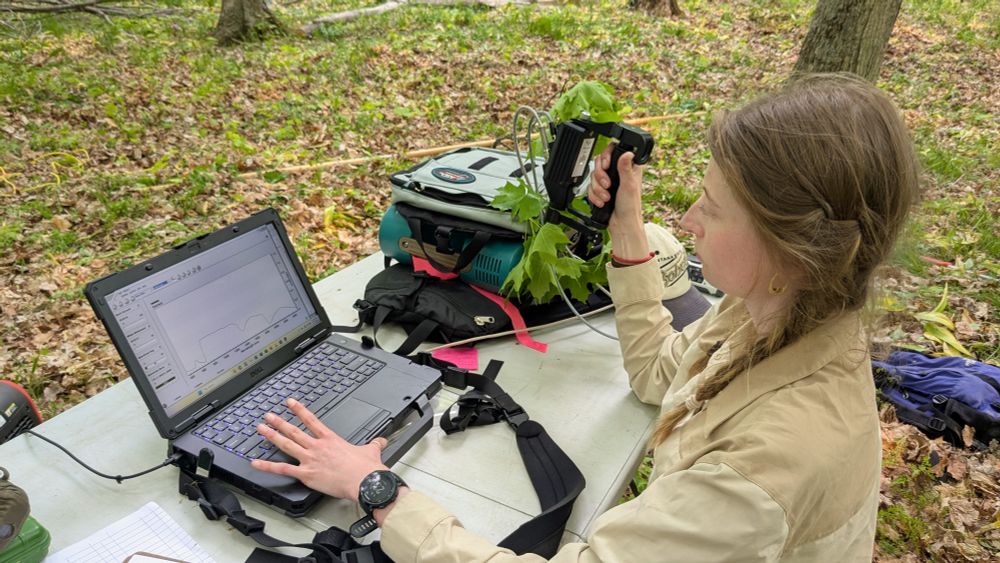

Reposted by Matthew A. Kaproth


Paper link 🔗: www.nature.com/articles/s41...
A brief thread of what we found 🧵
Reposted by Matthew A. Kaproth
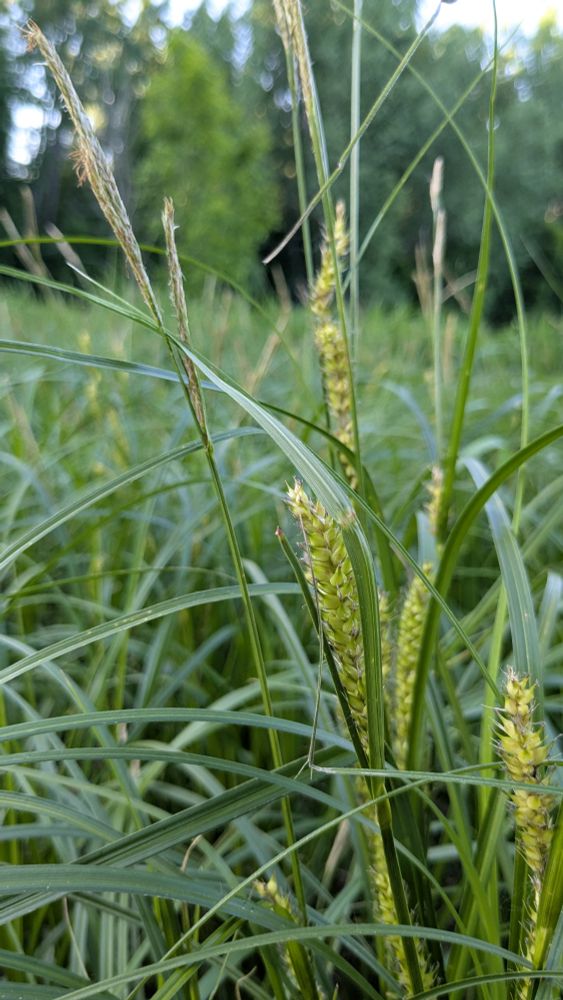

www.nature.com/articles/d41...


